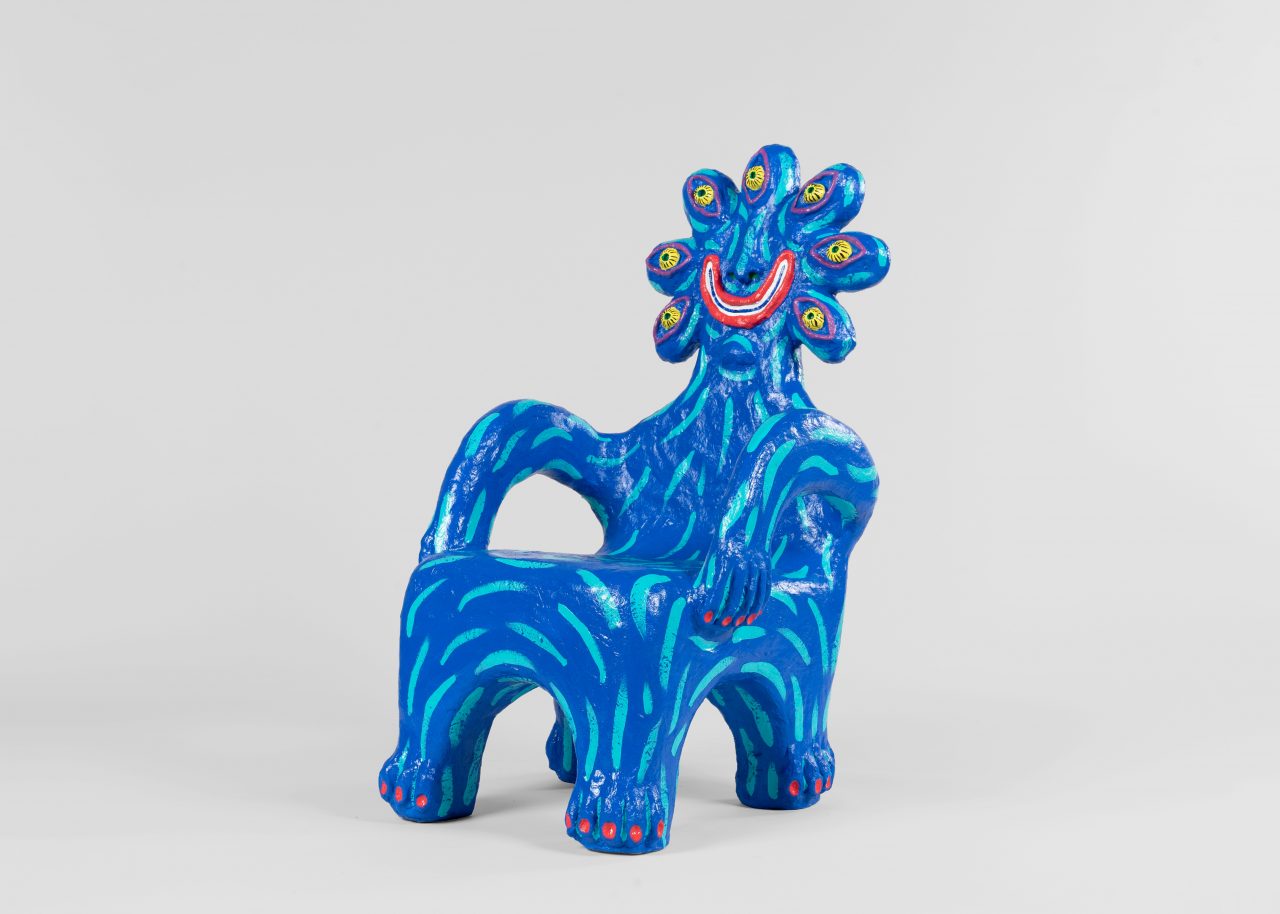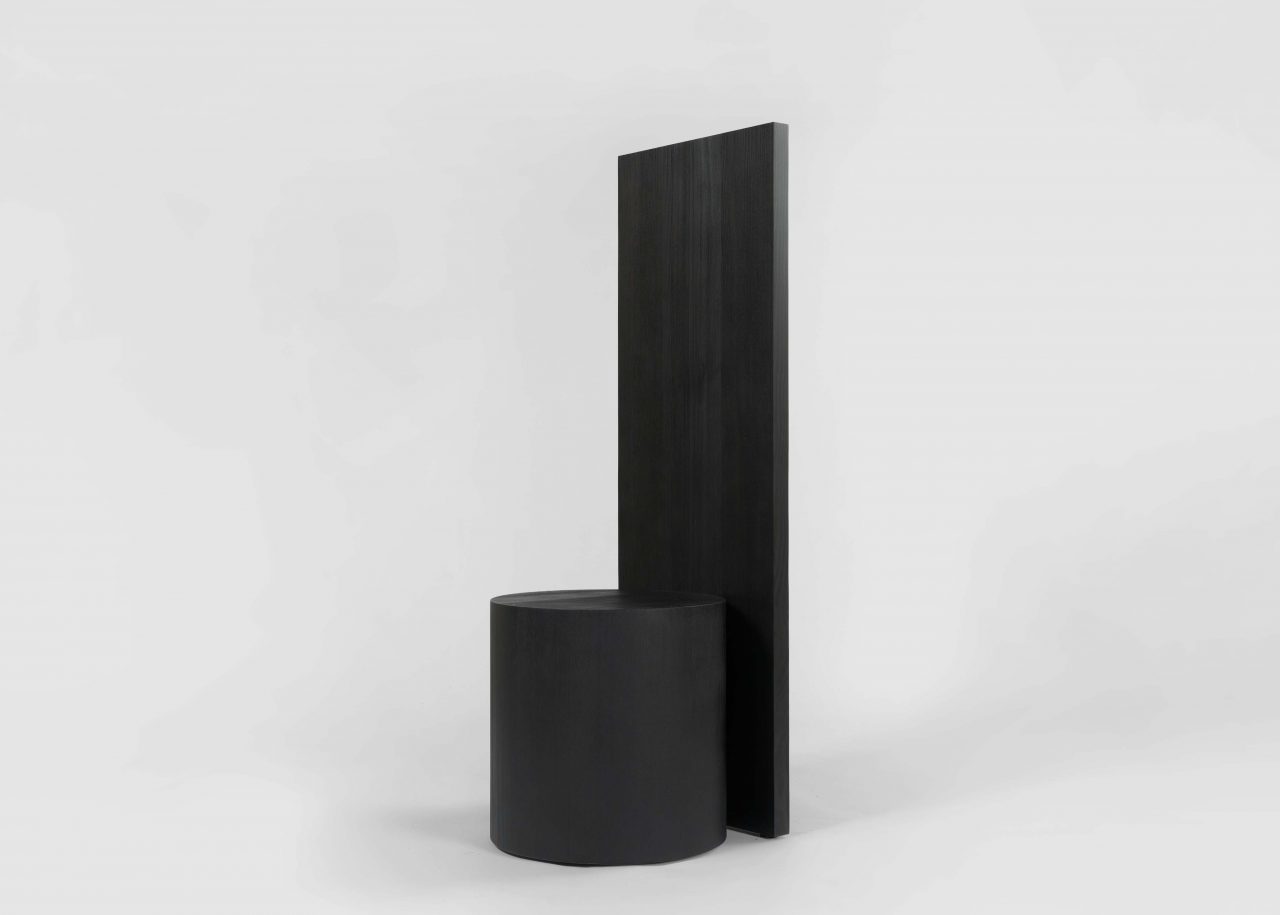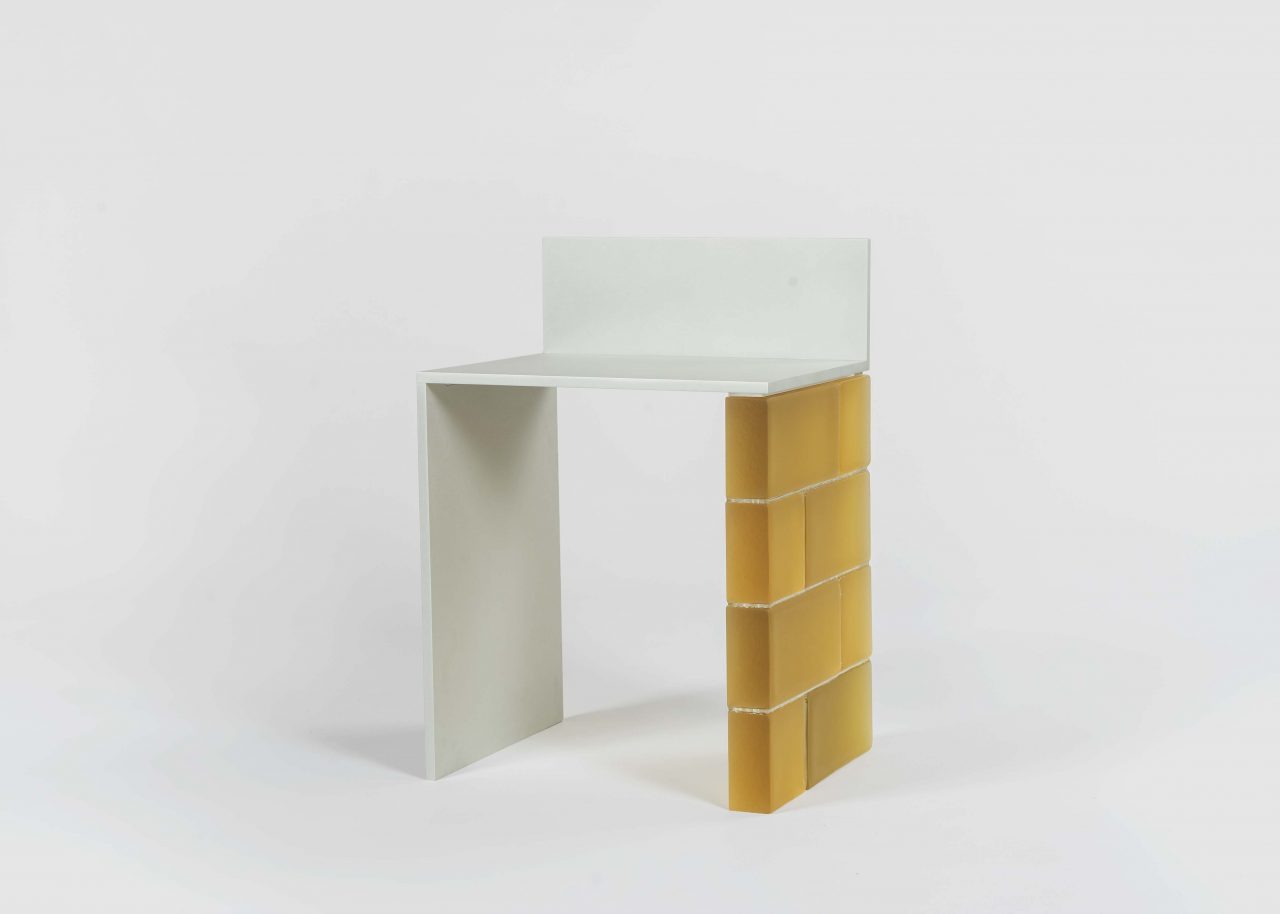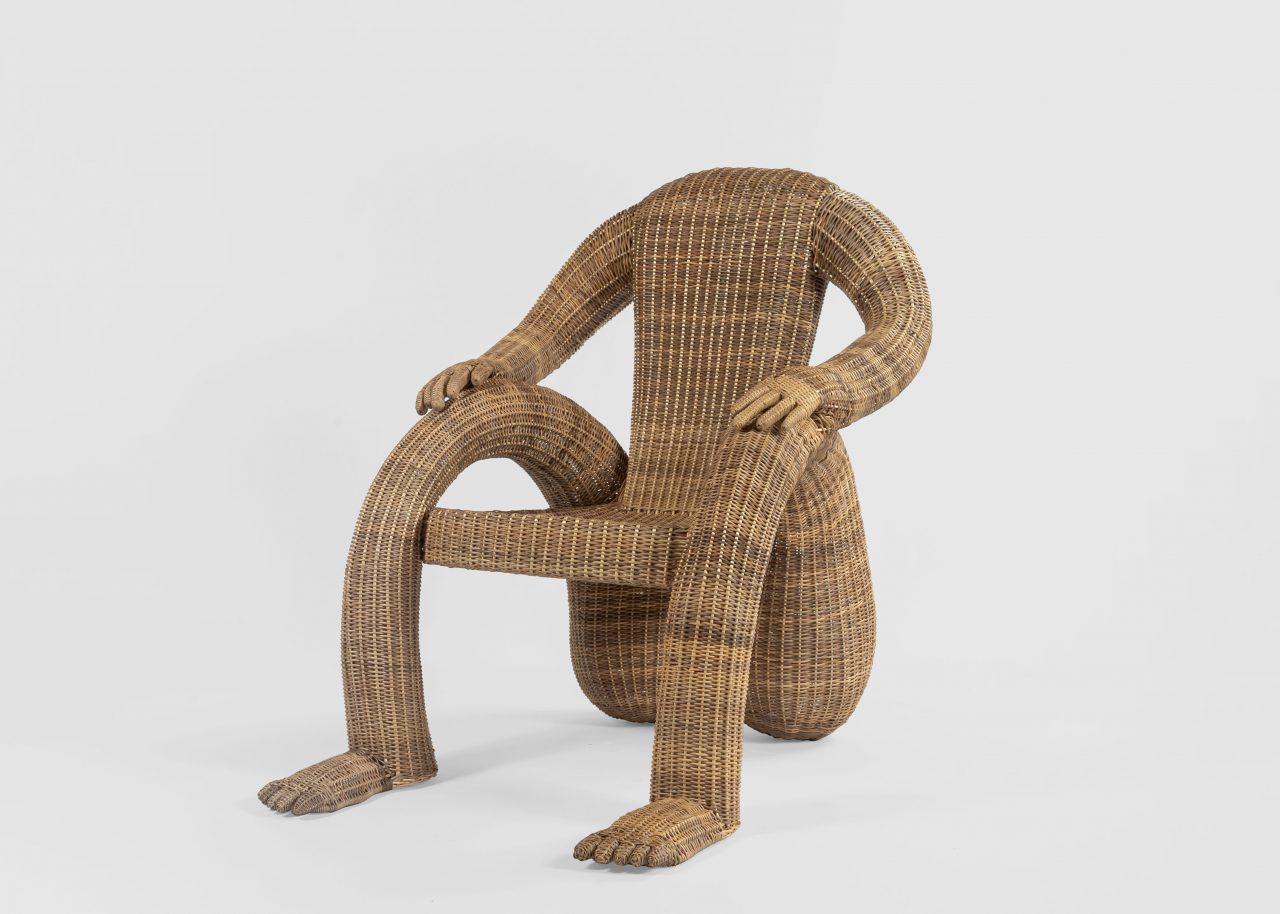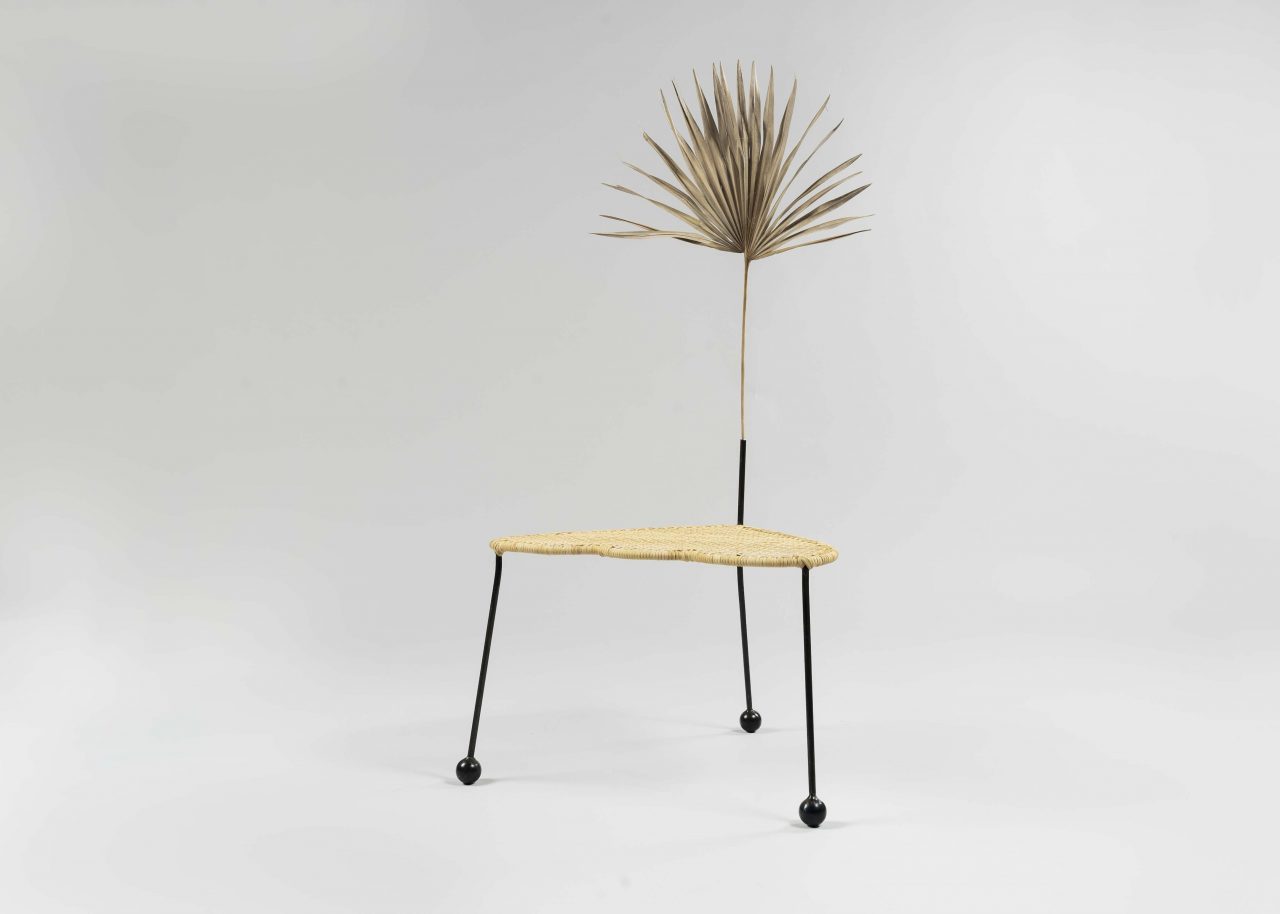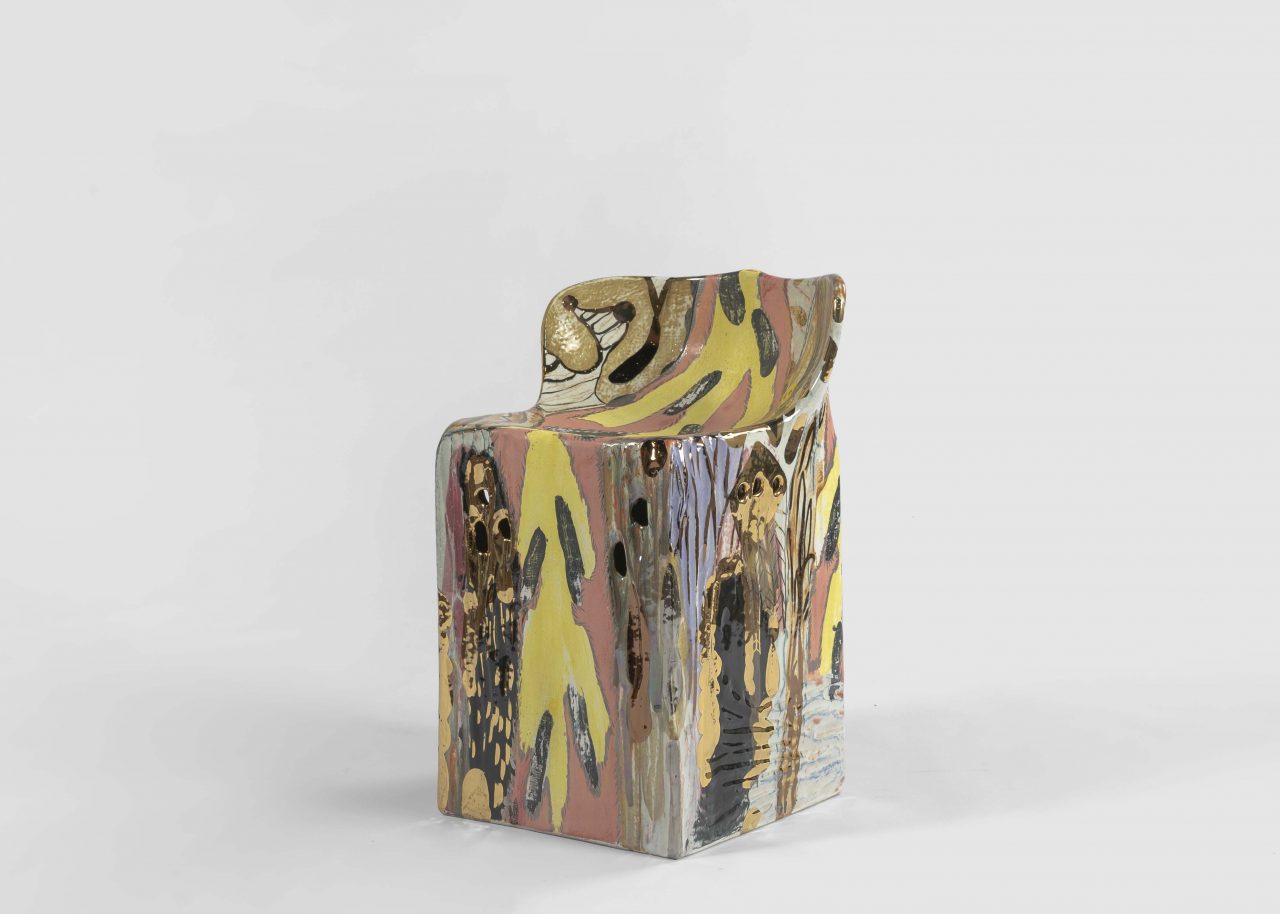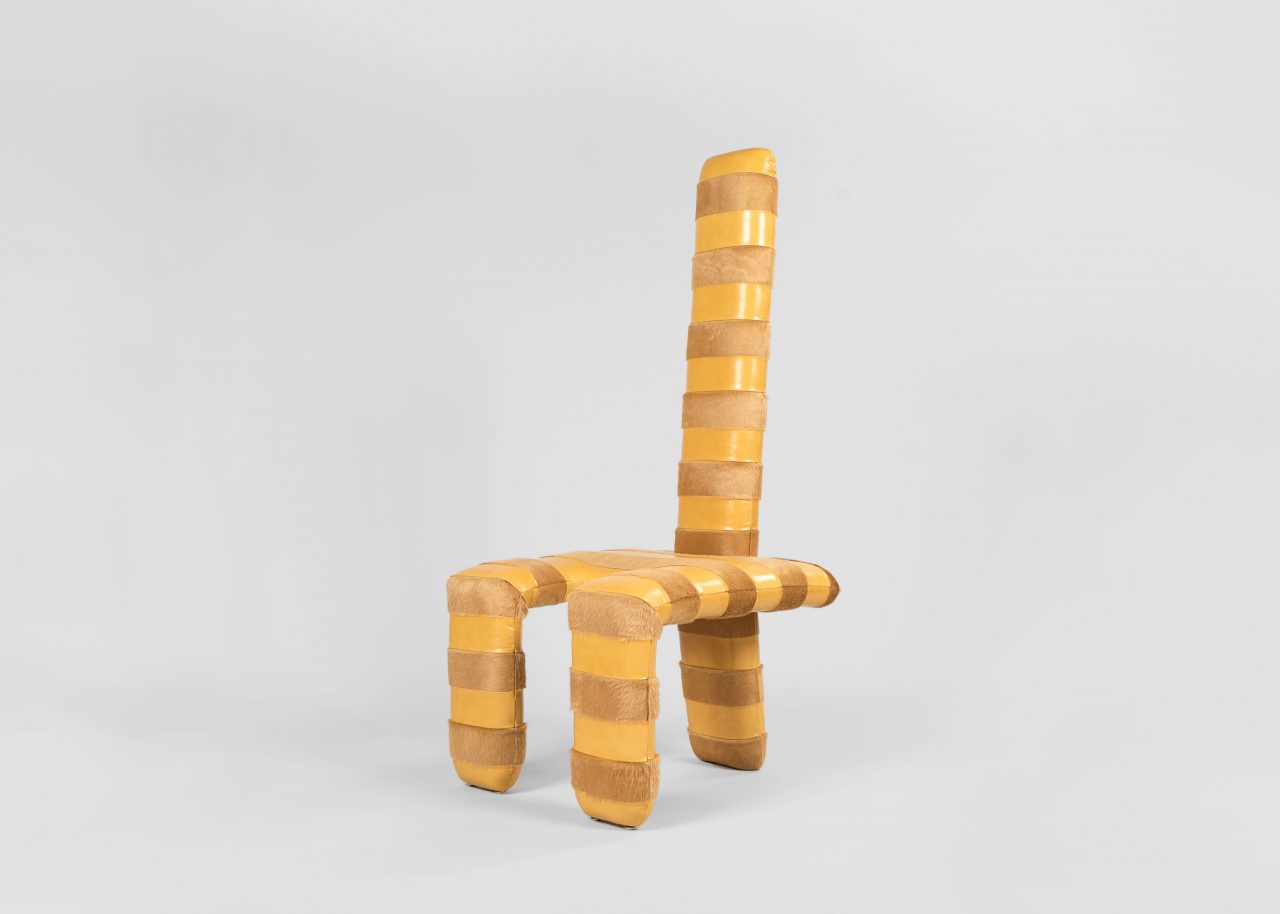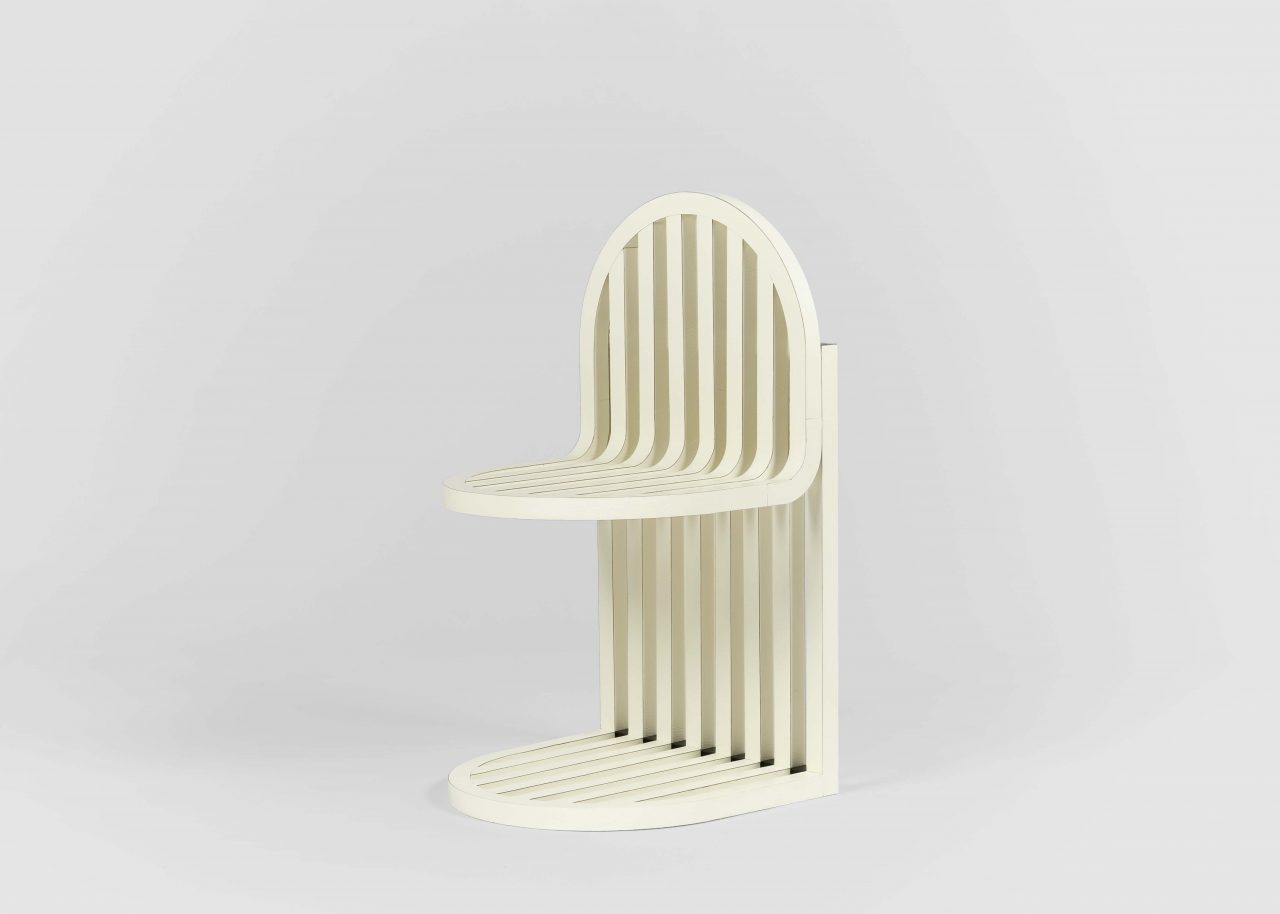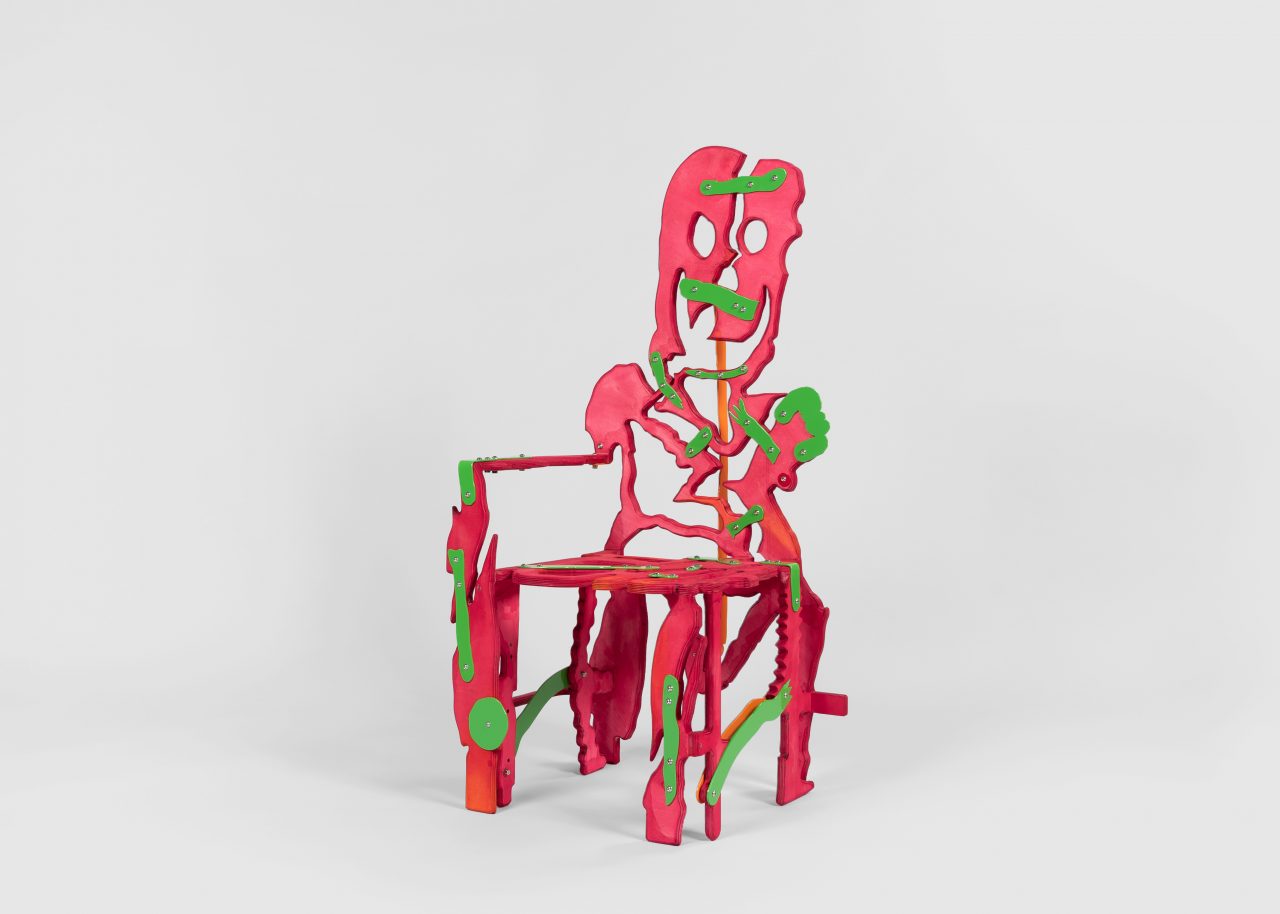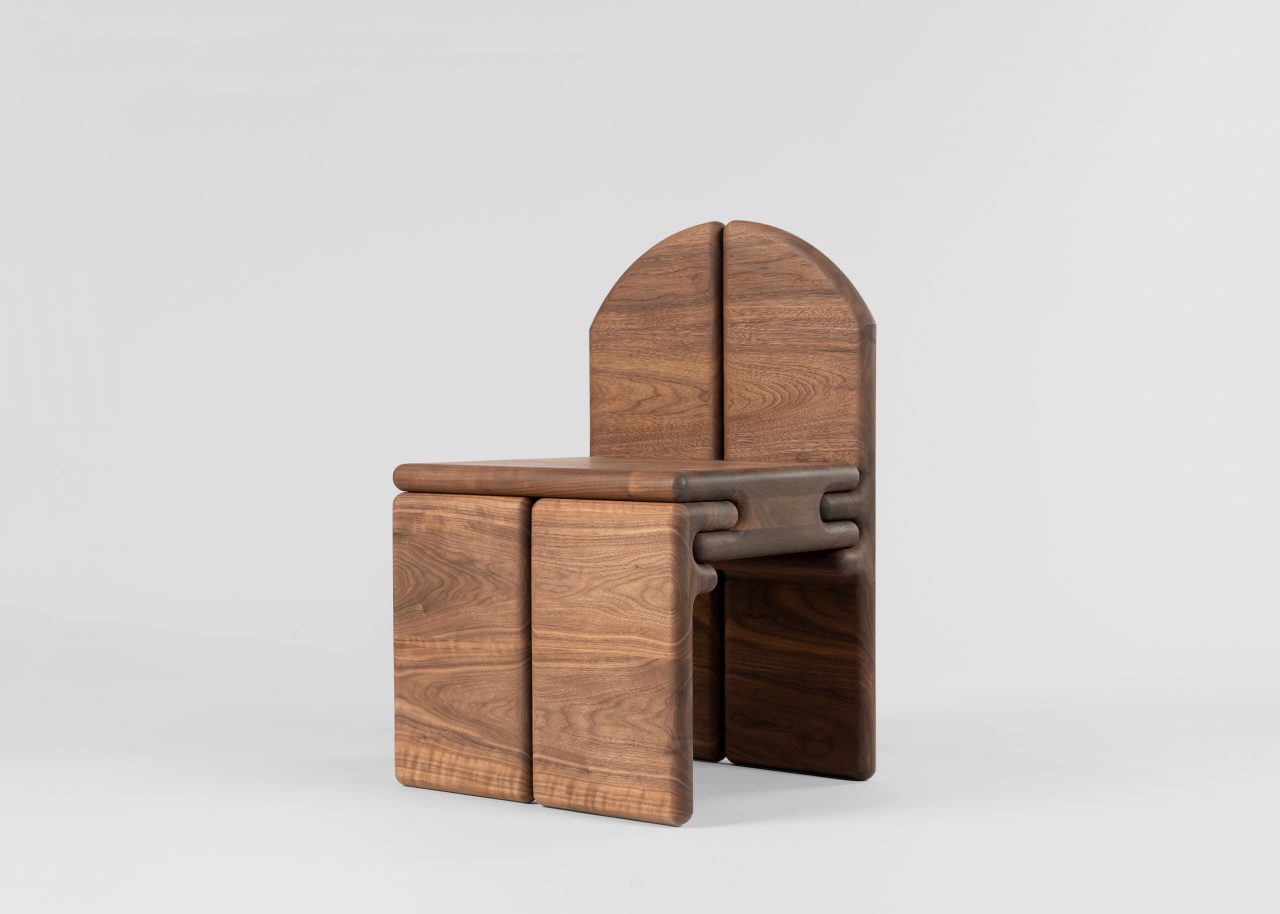When most people think of design, they immediately picture chairs and in particular, classics like Mies van der Rohe’s Barcelona or The Eames’s LCW. Whether a mass-produced plastic lawn chair or a highly-crafted chaise lounge, these functional objects are regular fixtures in our surroundings. They are often taken for granted and yet the design process they represent is far from simple. It is perhaps because chairs are so ubiquitous that they are so complicated to design.
The common perception is that there are already enough in the world and that trying to develop new iterations is like reinventing the wheel. However, for many emerging design talents, conquering this typology constitutes a right of passage. Being able to meet the technical requirements of a chair while remaining original represents a significant challenge and eventual feat. For that reason in part, this ubiquitous object is in constant reinvention. A constrained format of sorts, the chair forms as the perfect canvas for designers to experiment with structure, material, ornamentation, and other characteristics; but to also demonstrate their own perspective and style.

Open as of yesterday, The Future Perfect’s latest exhibition The Chair explores this complexity by presents 46 vastly different interpretations; developed by an international roster of talents, and on commission by the gallery. Among the eclectic survey are functional and conceptual pieces; chairs that are minimal and maximal, figurative and referential, bulky and detailed, rectilinear and amorphic.
The selection brings together a who’s who of designers that straddle the collectible and consumer markets. With a strong majority hailing from the United States and its now established maker’s culture, other exhibiting talents are from Spain, The Netherlands, and South Korea.
Whereas Brendan Timmins and Alexandra Segreti‘s Neoprimative Too chair resembles Postmodern Italian designer Andrea Branzi’s Animali Domestici series as an assemblage of natural and industrial materials, Jorge Penadés‘s Look Mum no UV! chair combines the seemingly disparate components of sheet glass and metal-buckle leather straps to create a modular chair unit. Chen Chen & Kai Williams‘s Thonet 1000 chair resulted from an almost Duchamp-ian exercise. The duo salvaged a classic Thonet No.4 chair and coated it in a durable thermoplastic road paint. Trueing Studio‘s monolithic Lescaze chair is an ode to architectural construction and in particular, the architect who brought the glass brick to the United States in the 1930s. Functional artist Serban Ionescu adds to his cast of character, pet-like furniture pieces with the Gene Wilder chair. The “frankensteined” design incorporates fragmented pieces of wood, powder-coated steel to form an anthropomorphic sculpture. Below is a selection of our favorite designs from The Chair exhibition.
Header image: 5 + 5M Conversation by Ara Thorose
